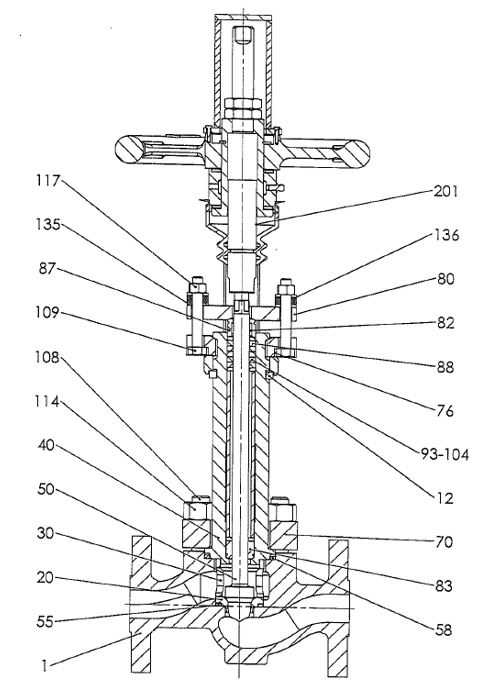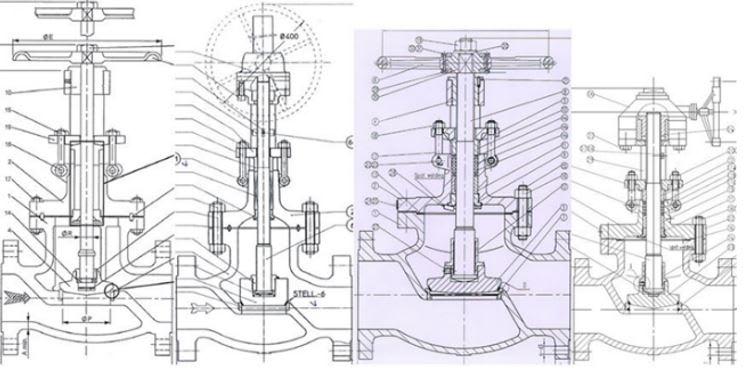youssouf
Petroleum
- Feb 20, 2023
- 12
greetings;
A fine filter receives the oily water pumped through a Flow valve (10 inch, 370 m3/h, 07bar).
We use the by pass in case of the FV is not available (10" with manual globe valve), when we open the bypass valve (whether it is the opening) an unbearable noises and vibrations persist.
your suggestions to solve this problem please.
A fine filter receives the oily water pumped through a Flow valve (10 inch, 370 m3/h, 07bar).
We use the by pass in case of the FV is not available (10" with manual globe valve), when we open the bypass valve (whether it is the opening) an unbearable noises and vibrations persist.
your suggestions to solve this problem please.


